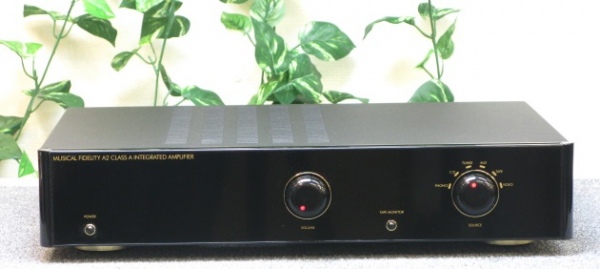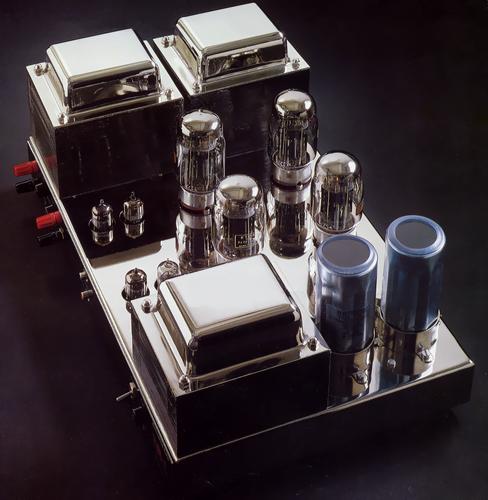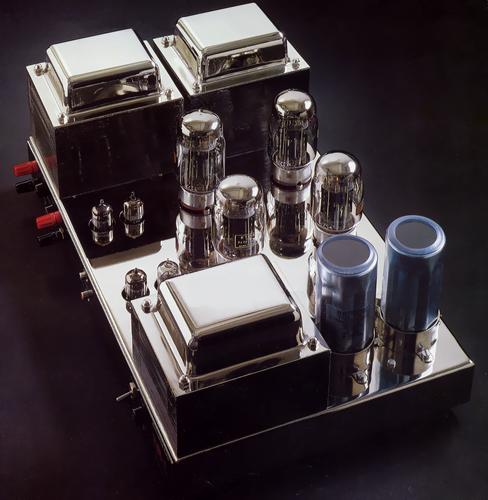
資料來源:Stereo Sound音響季刊NO.122中文版1997 SUMMER MUSICAL FIDELITY A2/



資料來源:民國73年(1984)2月號128期音樂與音響 Michaelson & Austin TVA-1/TVP-X/





資料來源:民國67年音響指南
MICHAELSON & AUSTIN TVA-1/TVA-10/mentmore TVA-1
參考文章:
At the beginning of the 70s the legendary MICHAELSON-AUSTIN TVA-1 power amplifier was hand-made in a small shop in London. Some years later it was named MENTMORE, the one you can see in the picture at the beginning of this article.
Made by two real audio lovers, Antony Michaelson and Kevin Austin (the first, founder of the succesfull Musical Fidelity), the amplifier rapidly became a legend in the audio world and it was used as a reference by many audio experts of that time, for instance the editor-in-chief of the british magazine Hi-Fi News, Martin Colloms, who in an article published in 1978, included the TVA-1 in his reference hifi system.
This is a real exceptional hi-fi amplifier. I remember clearly when I bought my unit, some years ago. It was a great pleasure. First, due to that in those years it was a reference in the hifi panorama and secondly, and most important, due to its sound. When I listened to the amp for the first time I had no doubt that it was the best amplifier I listened to in many, many years. And I still believe that it is a great performer. It has beaten many other amps I have tested during all these years.
The TVA-1 is a great example of the true british hi-fi. It is very well considered among audiophiles of all over the world (specially in Japan). Here in Spain the TVA-1 is not well known due to its high selling price and also because very few units arrived here. But it should be considred as a very desirable amplifier.
The amplifier looks great. It weigths 42 kg. and that give us an idea of his solid construction. On the chassis we can find two big output transformers and one power transformer, all hand made, two high capacity electrolytic capacitors, four General Electric 6550 pentodes and also 4 noval double triodes.
The chassis and the transformers are crommed and a black grille covers the tubes, protecting them but giving good ventilation. In the front panel there's the power on button and in the back panel there're the speakers connectors, for 4, 8 and 16 ohms speakers.
The amp delivers 70 W per channel into 8 Ohms and the final musical result is really very good. Partnering it with a Radford SC-25 preamplifier, the sound I have obtained is powerful and musical, with a good frequency response. It doesn't fails when playing difficult orchestral passages, with good instrument placement, dynamics and resolution.
I have been listening to this amp with two types of speakers: the JBL-65 Jubal and the Rogers LS3/5A 15 Ohms. The first is more suitable for rock and jazz and the second one for classical music and voices. The source has been another british hifi legend machine, the scotish LINN SONDEK, with ITTOK tonearm, Ortofon MC-30 Super cartridge and the Ortofon T-30 step-up transformer (the cartridge and the step-up transfomer are silver wired).
It is very important to point that all the equipment mentioned above was made during the 70s and the 80s. Many audiophiles consider all this equipment as a reference and not surpased to the day by the new digital formats and that reveals that, sometimes, the objectives of the industry and those of the music lovers are different. I have tried many hifi equipment and I have come to the conclusion that there are many classic audio designs that have not been beated in any terms by modern equipment and maybe they won't ever be. That's one of the reasons why music reproduction is so magical and it defies logic.
Lorenzo Barrientos lorenzo@fincasol.net.


 留言列表
留言列表


